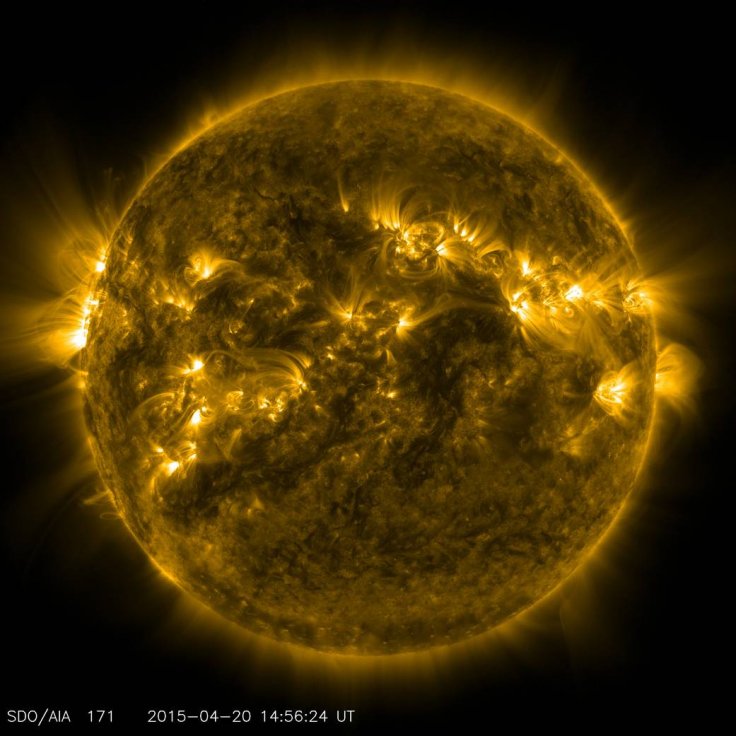The European Space Agency (ESA) was able to capture the exact sound produced by a solar storm hitting Earth. The space agency described the sound produced by the event as an eerie song that was made for a science fiction movie.
This marks the first time that the sound of a solar storm hitting the planet was recorded. According to the ESA, the strange sound was produced by the Earth's magnetic field as it reacted to the highly-charged particles of the storm, which was emitted by the Sun.

Solar Storms And The Cluster Mission
The ESA was able to record the sound of the cosmic event through its Cluster mission, which launched four different spacecraft in 2000. As part of their mission, the four vessels orbited Earth to monitor the effects of solar emissions on the planet. A study conducted by the ESA on the recording was published in the Geophysical Research Letters.
During the vessels' flybys on Earth, they would oftentimes go through the foreshocks produced by solar storms. According to ESA's data archives, the Cluster mission encountered six solar storm hits on Earth from 2001 to 2005. During these events, the vessels were able to record the sounds produced by the cosmic events.
The Eerie Sound Of A Solar Storm
Recently, the ESA released the recording it was able to obtain through the Cluster mission. Although it was only a couple of seconds long, it captured the very distinct sound of the waves and frequencies produced by a solar storm. As explained by the ESA, when Earth is not getting hit by a solar storm, the sound has a lower pitch and follows only one frequency.
However, once the storm hits, the frequency significantly changes and the wave it generates doubles. As the storm continues to bombard Earth, higher frequencies begin to emerge. Due to the varying frequencies that can be heard in the recording, the ESA likened it to an eerie sound effect used in science fiction films.
How earth's magnetic fields react to cosmic Solar Storm?
According to Philippe Escoubet, the ESA's project scientist for Cluster, provides valuable information regarding the effects of a solar storm on Earth. It serves as an example of how magnetic fields react to this kind of cosmic event.
"This is an excellent example of how Cluster continues to extend our knowledge of the Sun-Earth connection, even years after the original data was obtained," he said in a statement. "The results take us deeper into the details of fundamental magnetic interactions that take place across the Universe."









